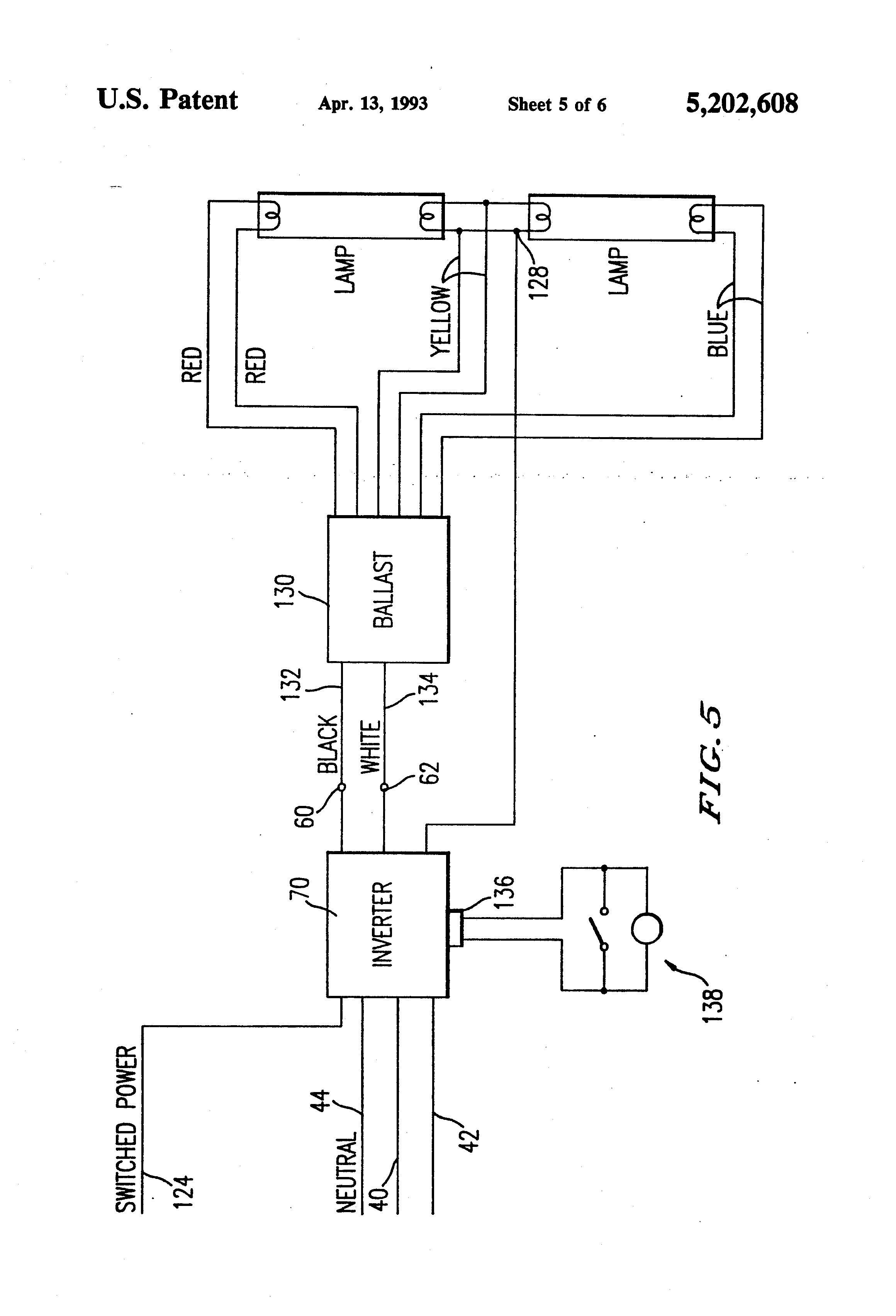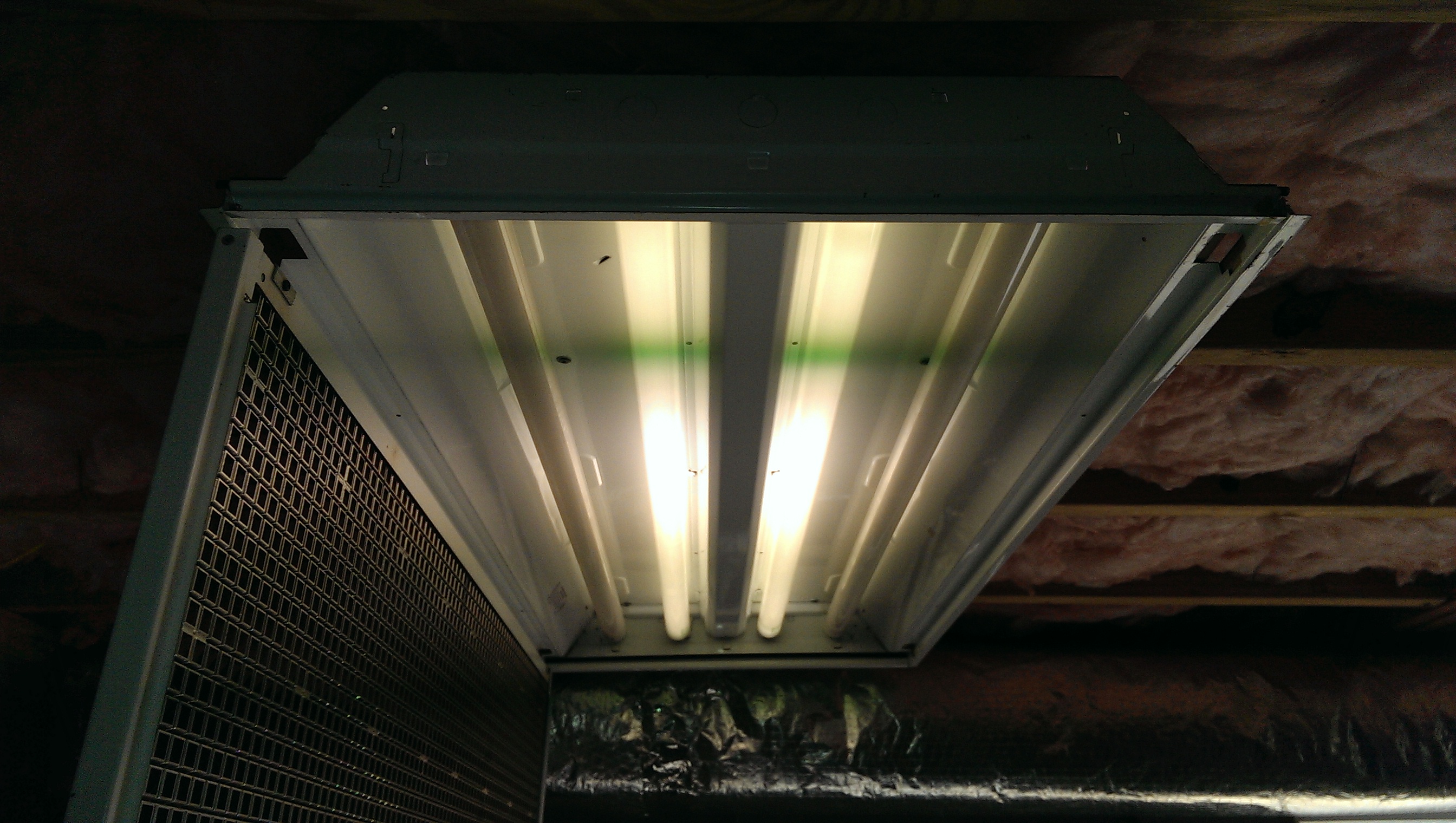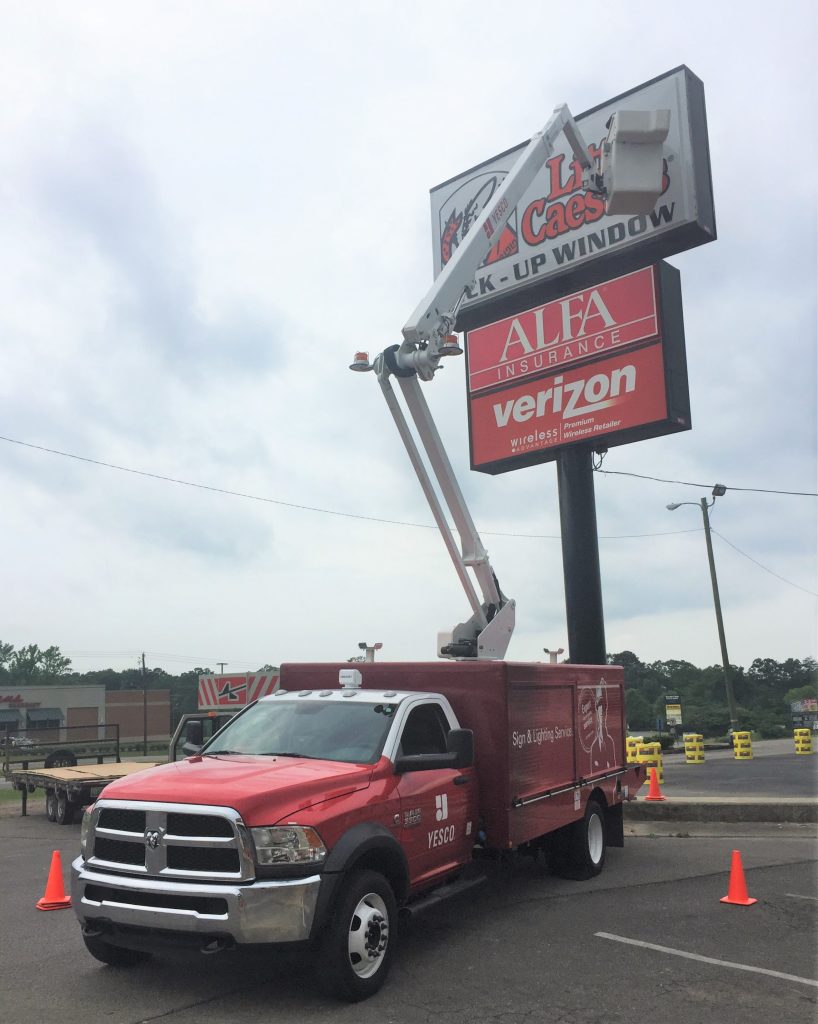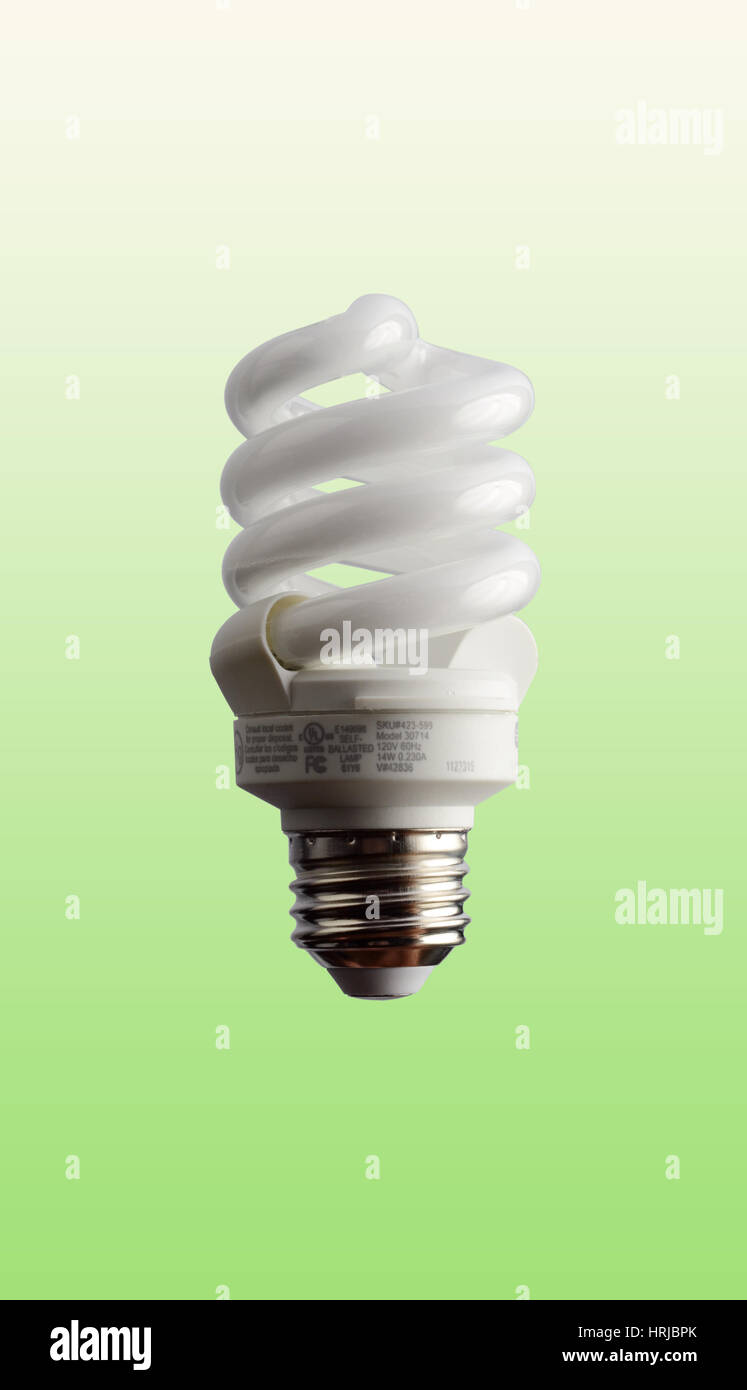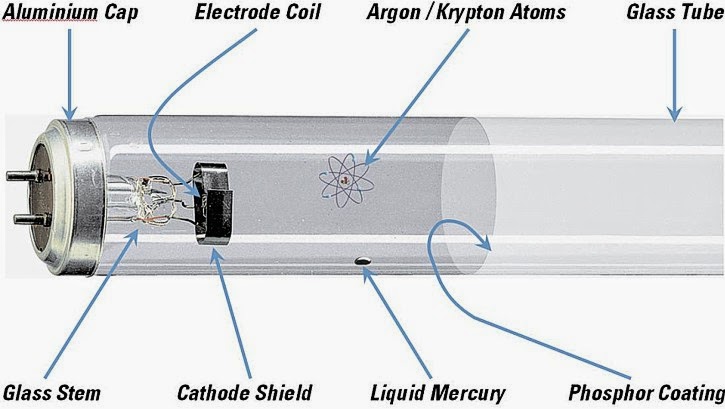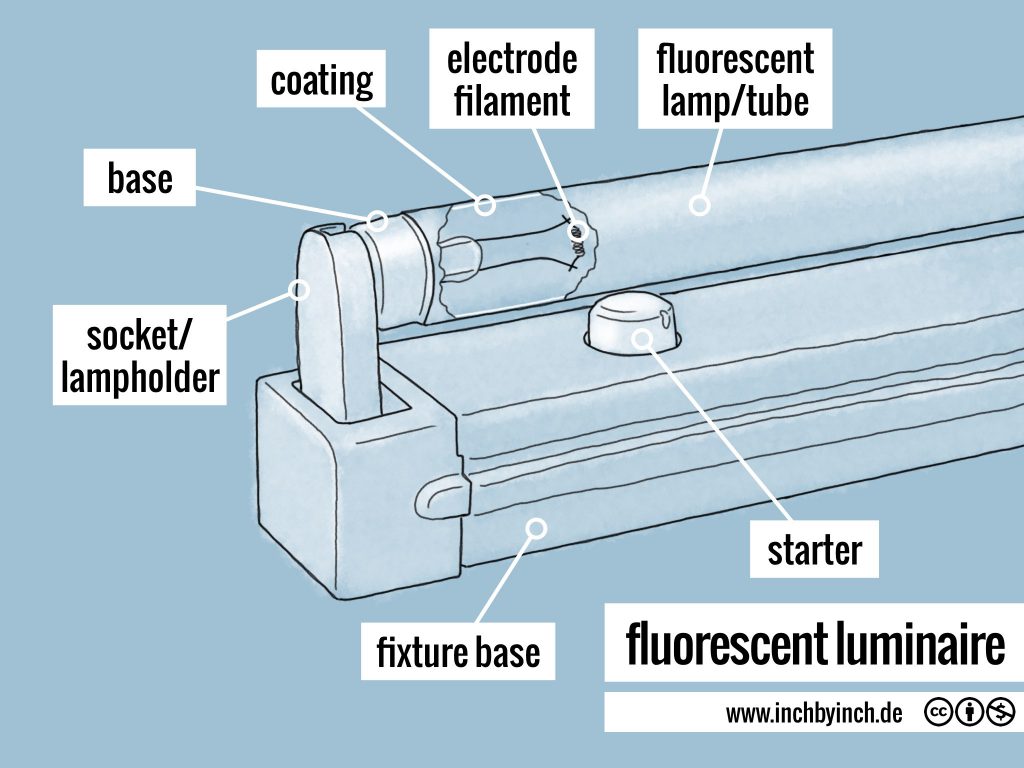1. Understanding the Importance of a Kitchen Fluorescent Light Ballast
If you have a fluorescent light fixture in your kitchen, chances are it's powered by a fluorescent light ballast. This small but crucial component is responsible for regulating the electrical current that lights up your kitchen. Without a functioning ballast, your light fixture won't work properly, leaving your kitchen dim and unwelcoming.
2. Upgrading to an Electronic Ballast for Improved Efficiency
Traditional fluorescent light fixtures use magnetic ballasts, which can be bulky and energy-intensive. If you're looking to improve the efficiency of your kitchen lighting, consider upgrading to an electronic ballast. These modern ballasts use less energy and can last up to 20 years, making them a smart long-term investment for your kitchen.
3. Choosing the Right Ballast for Your T8, T12, or T5 Fluorescent Lights
Fluorescent lights come in various sizes, and each requires a specific type of ballast. If you're unsure which ballast to choose for your kitchen's fluorescent lights, consider the size and wattage of your bulbs. A T8 ballast is suitable for 1-inch diameter bulbs, while a T12 ballast is for 1.5-inch bulbs. The newer and more energy-efficient T5 ballast is designed for 5/8-inch diameter bulbs.
4. Improving Your Kitchen Lighting with a Fluorescent Light Fixture
Aside from providing bright and efficient lighting, a fluorescent light fixture can also add a touch of modernity to your kitchen. These fixtures come in various styles and designs, making it easy to find one that complements your kitchen's aesthetic. Plus, with the right ballast, your fluorescent light fixture can last for years to come.
5. Replacing a Faulty Fluorescent Light Ballast for Better Lighting
If your kitchen's fluorescent lights are flickering or not turning on at all, the problem could be a faulty ballast. While it may be tempting to simply replace the bulbs, replacing the fluorescent light ballast is often a more effective solution. With a new ballast, you can enjoy brighter and more reliable lighting in your kitchen.
6. Repairing Your Fluorescent Light Ballast for Cost Savings
If you're on a budget, repairing your fluorescent light ballast may be a more practical option than replacing it altogether. In many cases, a malfunctioning ballast can be fixed with a simple replacement of its internal components. This can save you money and extend the lifespan of your existing ballast.
7. Understanding the Different Parts of a Fluorescent Light Ballast
Do you know what makes up a fluorescent light ballast? If not, it's essential to familiarize yourself with its different parts, such as the capacitor, transformer, and starter. Knowing how these components work together can help you better troubleshoot and maintain your kitchen's lighting system.
8. Maintaining Your Kitchen Fluorescent Lights for Optimal Performance
To ensure your fluorescent light ballast and fixtures continue to work efficiently, regular maintenance is key. This includes cleaning the bulbs and fixture, checking for loose connections, and replacing any worn out parts. With proper maintenance, you can keep your kitchen lighting bright and functional for years to come.
9. Troubleshooting Common Issues with Fluorescent Light Ballasts
Like any electrical component, fluorescent light ballasts can experience issues over time. Some common problems include buzzing or humming noises, flickering lights, or lights that won't turn on at all. By understanding these common issues, you can easily troubleshoot and resolve them to keep your kitchen well-lit.
10. Conclusion: Invest in Quality Kitchen Lighting with a Fluorescent Light Ballast
Don't underestimate the importance of a good fluorescent light ballast in your kitchen. Not only does it keep your lights functioning, but it also plays a significant role in the efficiency and ambiance of your kitchen. By investing in quality ballasts and maintaining them properly, you can enjoy bright and reliable lighting in your kitchen for years to come.
The Importance of Choosing the Right Kitchen Fluorescent Light Ballast in House Design

Efficiency and Cost Savings
 When it comes to house design, every detail matters. This includes choosing the right
kitchen fluorescent light ballast
for your home. While it may seem like a small component, the type of ballast you select can have a big impact on your overall energy efficiency and cost savings.
A ballast is a device that regulates the electrical current to your fluorescent lights. There are two main types of ballasts: magnetic and electronic. Magnetic ballasts are the traditional option, but they are less energy-efficient and have a shorter lifespan compared to electronic ballasts. This means that by choosing an electronic ballast for your kitchen fluorescent lights, you can save on your energy bills and reduce the need for frequent replacements, making it a more cost-effective and efficient choice for your house design.
When it comes to house design, every detail matters. This includes choosing the right
kitchen fluorescent light ballast
for your home. While it may seem like a small component, the type of ballast you select can have a big impact on your overall energy efficiency and cost savings.
A ballast is a device that regulates the electrical current to your fluorescent lights. There are two main types of ballasts: magnetic and electronic. Magnetic ballasts are the traditional option, but they are less energy-efficient and have a shorter lifespan compared to electronic ballasts. This means that by choosing an electronic ballast for your kitchen fluorescent lights, you can save on your energy bills and reduce the need for frequent replacements, making it a more cost-effective and efficient choice for your house design.
Enhanced Lighting Options
 In addition to energy efficiency and cost savings, the type of
kitchen fluorescent light ballast
you choose can also impact the lighting options in your home. Electronic ballasts offer more versatility in terms of dimming and color temperature control, allowing you to customize the lighting in your kitchen to fit your needs and preferences. This can be especially beneficial for those who use their kitchen for various tasks, such as cooking, dining, and entertaining. With the right ballast, you can create the perfect ambiance for any occasion in your kitchen.
In addition to energy efficiency and cost savings, the type of
kitchen fluorescent light ballast
you choose can also impact the lighting options in your home. Electronic ballasts offer more versatility in terms of dimming and color temperature control, allowing you to customize the lighting in your kitchen to fit your needs and preferences. This can be especially beneficial for those who use their kitchen for various tasks, such as cooking, dining, and entertaining. With the right ballast, you can create the perfect ambiance for any occasion in your kitchen.
Aesthetic Appeal
 The type of kitchen fluorescent light ballast you choose can also impact the overall aesthetic appeal of your house design. Electronic ballasts are smaller and more compact than magnetic ballasts, allowing for a sleeker and more modern look. They also produce less humming and flickering, resulting in a more pleasant and consistent lighting experience in your kitchen. This can make a big difference in the overall look and feel of your home, adding to its appeal and value.
In conclusion, when it comes to house design, choosing the right
kitchen fluorescent light ballast
is crucial. Not only does it impact the efficiency and cost savings of your home, but it also affects the lighting options and aesthetic appeal. By opting for an electronic ballast, you can enjoy a more energy-efficient, versatile, and visually appealing kitchen, making it a smart choice for any house design.
The type of kitchen fluorescent light ballast you choose can also impact the overall aesthetic appeal of your house design. Electronic ballasts are smaller and more compact than magnetic ballasts, allowing for a sleeker and more modern look. They also produce less humming and flickering, resulting in a more pleasant and consistent lighting experience in your kitchen. This can make a big difference in the overall look and feel of your home, adding to its appeal and value.
In conclusion, when it comes to house design, choosing the right
kitchen fluorescent light ballast
is crucial. Not only does it impact the efficiency and cost savings of your home, but it also affects the lighting options and aesthetic appeal. By opting for an electronic ballast, you can enjoy a more energy-efficient, versatile, and visually appealing kitchen, making it a smart choice for any house design.


